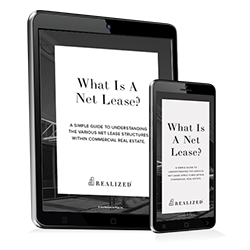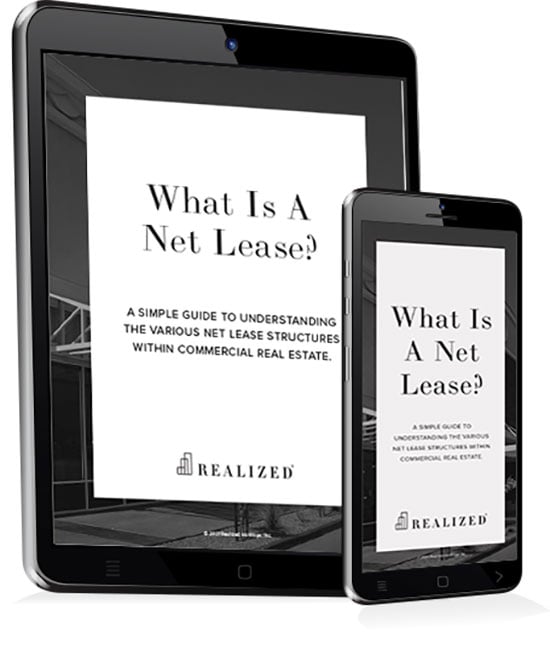What is HARP?
The U.S. Federal Housing Agency created the Home Affordable Refinance Program (known as HARP) in 2009 to help homeowners who owed more than the value of their homes. The main conditions for eligibility were that the mortgage had to have been purchased by either Fannie Mae or Freddie Mac (the two government-sponsored mortgage entities) before May 31, 2009. The borrower had to be in an "underwater" position. Also, the borrowers were required to be current on the payments, and the property had to be maintained in good condition. If the homeowner was delinquent or had walked away from the home, they did not qualify. This program terminated as of the end of 2018.
During the program’s duration, it was available to investors who sought to refinance their mortgage loans, and about one in seven HARP loans was used by an investor/landlord.
HARP vs. HAMP?
A similar federally sponsored assistance program that started around the same time but ended sooner was HAMP, the Home Affordable Modification Program. HAMP was directed to assist borrowers in default, rather than those current but struggling to make payments on properties that had lost value. Another difference between the programs is that HARP applicants could change from their current lender to any participating financial institution, but the HAMP program required borrowers to stay with their existing lender. Modifications are not the same as refinances.
HARP Replacement Program: FMERR and HIRO
Almost 3.5 million homeowners benefitted from refinancing through HARP, according to Freddie Mac. Accordingly, the FHA created a new program to provide some similar assistance. It’s called Freddie Mac Enhanced Relief Refinance. Borrowers who use this option may be able to obtain a lower interest rate, a shorter loan term, or change from an adjustable to a fixed-rate loan.
Even though home values have been rising, many homeowners remain either underwater or in a tenuous loan-to-value position with limited equity. This situation restricts the borrower’s ability to refinance to the available lower interest rates. FMERR can offer a means to achieve that goal, but there are conditions:
- The loan must be owned by Freddie Mac and must have been originated after November 1, 2018.
- The loan must be at least 15 months old (to provide a view of how well you have been keeping up the payments). You may have no more than one 30-day delinquency in the last year and none in the previous six months.
- While FMERR does not specify a debt-to-income ratio, the financial institution might.
If Fannie Mae owns your loan, there is a similar program called the Fannie Mae High LTV Refinance Option (HIRO). The qualifications are comparable, although loans are eligible with initiation dates beginning on October 1, 2017.
Do Investors Qualify For FMERR And HIRO?
Borrowers can apply for a FMERR or a HIRO loan for investment property. However, the loan-to-value minimums are different from the rules for a primary residence, reflecting the risk. Further, FMERR and HIRO each have other requirements and limits for their products, so consult your lender for details.




